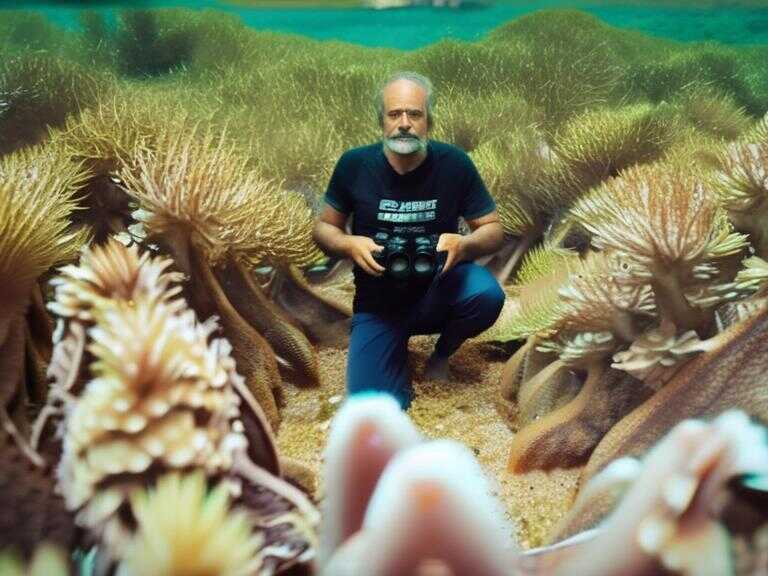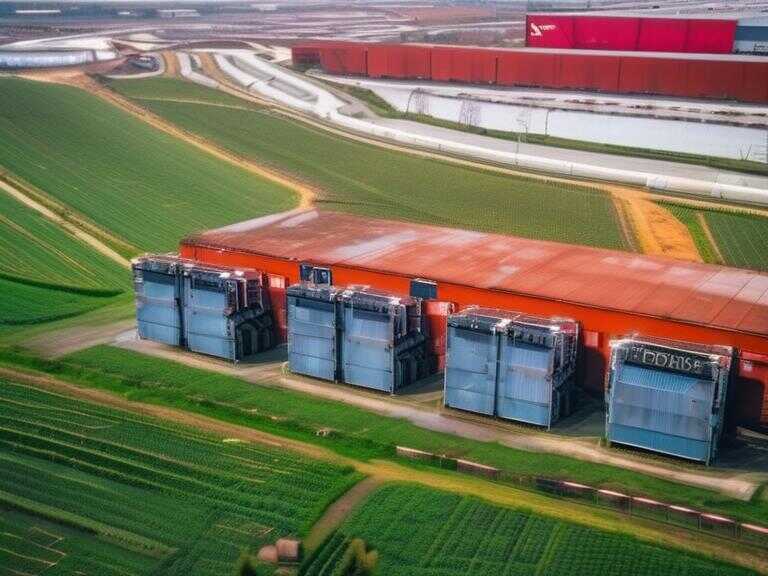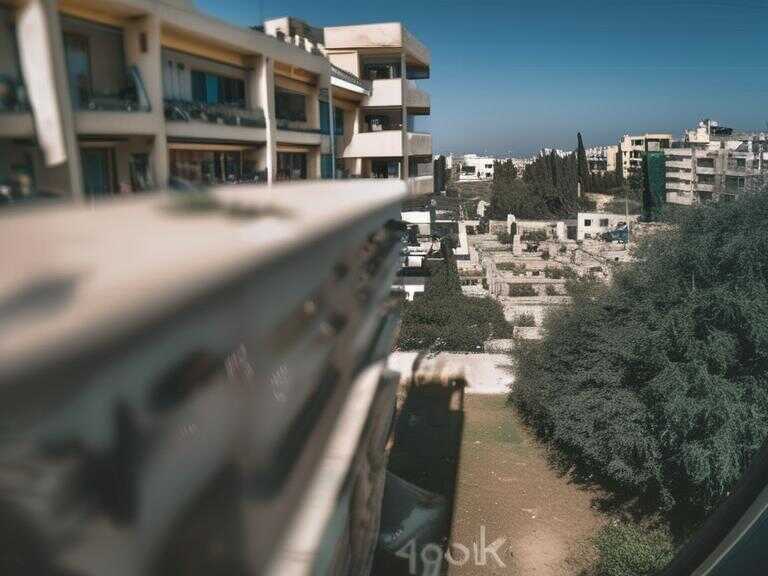
Medieval Papal Palace Remains Uncovered in Rome, Shedding Light on Vatican's Predecessor
Rome archaeologists uncover possible medieval papal palace predating Vatican, offering insight into early papal history and power struggles.

Archaeologists in Rome unveiled a momentous discovery, potentially unveiling the remains of a medieval papal palace predating the Vatican. The unearthing could offer unprecedented insights into the early papal history and the enduring power struggles it witnessed.
The Revelation
During the excavation of a piazza near the Archbasilica of St. John Lateran in central Rome, a team of archaeologists stumbled upon a concealed structure encompassed by what appeared to be ancient walls, dating back to as early as the 9th century A.D. or as late as the 13th century. The Italian Ministry of Culture revealed that this finding could potentially shed light on the formative years of the papal seat in Italy and the hegemonic contests that molded its trajectory.
If affirmed, the purpose of the newly discovered structure could have immense implications, offering a fresh perspective on the historical narrative of the papal residence in Italy. The intricate details and positioning of the edifice imply a strategic intent, prompting speculation on its possible role in safeguarding the patriarchate of the time.
Historical Context and Speculations
Italian Culture Ministry authorities postulated that the recovered remnants might be linked to Constantine, the former Roman Emperor. It is suggested that the construction of the edifice, envisioned by Constantine in the 4th century, was established on the grounds that once accommodated the barracks for the emperor's mounted card. The patriarchate initially encapsulated solely a basilica, which underwent substantial expansion and refurbishment throughout the Middle Ages, culminating in its transformation into the papal seat until the temporary displacement of the popes to France in 1305.
Quoted Perspectives
Gennaro Sanguiliano, the Italian Culture Minister, expressed his exuberance regarding the recent findings, emphasizing the inexhaustible nature of Rome's territory as a trove of archaeological marvels. He underscored the significance of these discoveries in unraveling the enigmatic past of Italy, reaffirming the invaluable role of archaeologists in deciphering the historical continuum.
The Culture Ministry further expounded on the arduous and protracted process involved in the evolution of the basilica structure within the encompassing walls. The construction and renovation of the basilica transpired over an extended period, interspersed with intermittent incursions from neighboring adversaries and internal discord within the city of Rome, reflective of the relentless contention among the aristocracy for dominion over the Italian throne.
Repositioning of the Papal Seat
In the wake of the transient sojourn of the papal seat in France from 1309 to 1377, the subsequent re-establishment of the papal residence in Italy heralded a pivotal juncture in the annals of the papacy. This reversion solidified the enduring association between the papal authority and Italy, ultimately culminating in the transfer of the papal seat to the Vatican.
Share news















